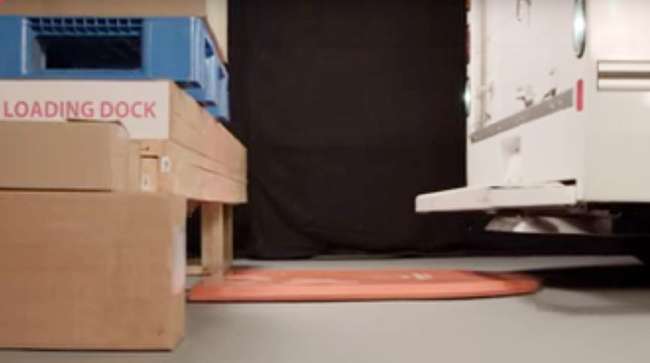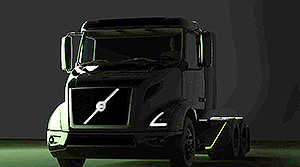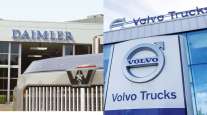Senior Reporter
Volvo Group Venture Capital Invests in Wireless Electric Charging

Volvo Group Venture Capital AB, a subsidiary of Volvo Group, announced it has invested an undisclosed amount in Momentum Dynamics Inc., which provides high-power wireless charging systems for the automotive and transportation industries.
Industry experts said the move underscored the ongoing “space race” in this sector and the value of collaboration, but research on wireless charging continues at the federal level, too. Oak Ridge National Laboratory announced its latest developments in the lab demonstrated charging times that rival the speed and convenience of a gas station fill-up.
“Any technology that accelerates the rate of charging a vehicle is valuable,” said Chris Nordh, senior director of advanced vehicle technology for Ryder System Inc. “And this investment [by Volvo] is more evidence that there is a space race of sorts going on in the electric vehicle and charging infrastructure technology space.”
Wireless charging takes energy from the grid and converts it to high-frequency alternating current, which generates a magnetic field whose power can be transferred across an air gap. A coil on the vehicle collects the transferred energy, and it is converted back to direct current and stored in a vehicle’s batteries, according to experts.
Momentum Dynamics’ technology allows any type of vehicle to be connected to the electrical power grid by using charging pads embedded in a road, parking space or other location, according to the Malvern, Pa.-based company. Momentum Dynamics said charging with its system — with a standard power throughput of 25,000 watts — occurs about eight times faster than a plug-in system’s standard 3,300 watts. More power means faster charging.
Wired charging solutions need heavy-gauge wires and, potentially, liquid cooling to control temperatures when transmitting this amount of power, Nordh said.
Meanwhile, in October, ORNL announced its wireless system transfers 120 kilowatts of power with 97% efficiency, which is comparable to conventional, wired high-power fast chargers. In the laboratory demonstration, power was transferred across a 6-inch air gap between two magnetic coils and charged a battery pack.
UPS Inc. said that in 2016 it was researching wireless charging with ORNL and others. An update on that project was not immediately available.
Inductive, or wireless, charging is especially suitable for commercial electric, autonomous and connected vehicles, according to Volvo.
“Momentum Dynamics’ technology and competence within inductive bidirectional transmission of electrical energy and information safely through air, water and ice will fit the harsh conditions under which our customers operate,” Volvo Group Venture Capital Vice President Per Adamsson said. “High-capacity charging up to 300 kW for trucks, buses, construction equipment, industrial and marine applications will support the electrified transition.”
Nordh agreed. Wireless charging technology is applicable in the municipal bus and autonomous vehicle future, “where personnel may not be available to plug in the vehicle.”
Momentum Dynamics is conducting pilots in Europe and North America with fleets and vehicle manufacturers of cars, buses, trucks and trains.
That kind of collaboration is key, said Mike Roeth, executive director of the North American Council for Freight Efficiency.
“You can’t do it alone anymore. There are too many new things here,” Roeth said. “Too many challenges and picking the right partners is going to be as important as the right technologies.

A preview of the Volvo VNR Electric. (Volvo Trucks North America)
“This is not wide-based versus dual tires. These are bigger things, and it sure is a shame when something fails because the execution wasn’t right, or the team players were the wrong players, or the company tried to do it all on their own.”
NACFE recently released its second guidance report on electric trucks detailing what to consider in selecting medium-duty commercial battery-electric vehicles, including all of the cost-benefit factors in estimating return on investment.
In recent related news, Volvo Trucks will deploy a battery-electric version of its VNR regional-haul model in 2019 through demonstrations in California and will begin selling the vehicle across North America in 2020.
Volvo’s venture capital unit also has invested in Peloton Technology, which is developing a truck-platooning system.




